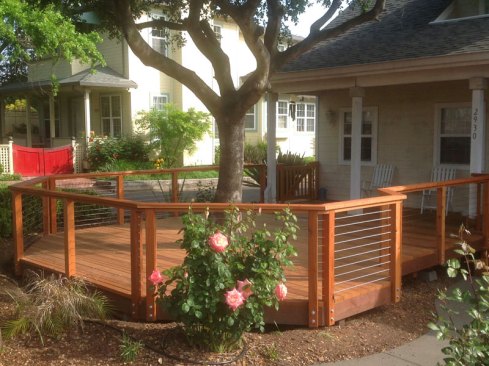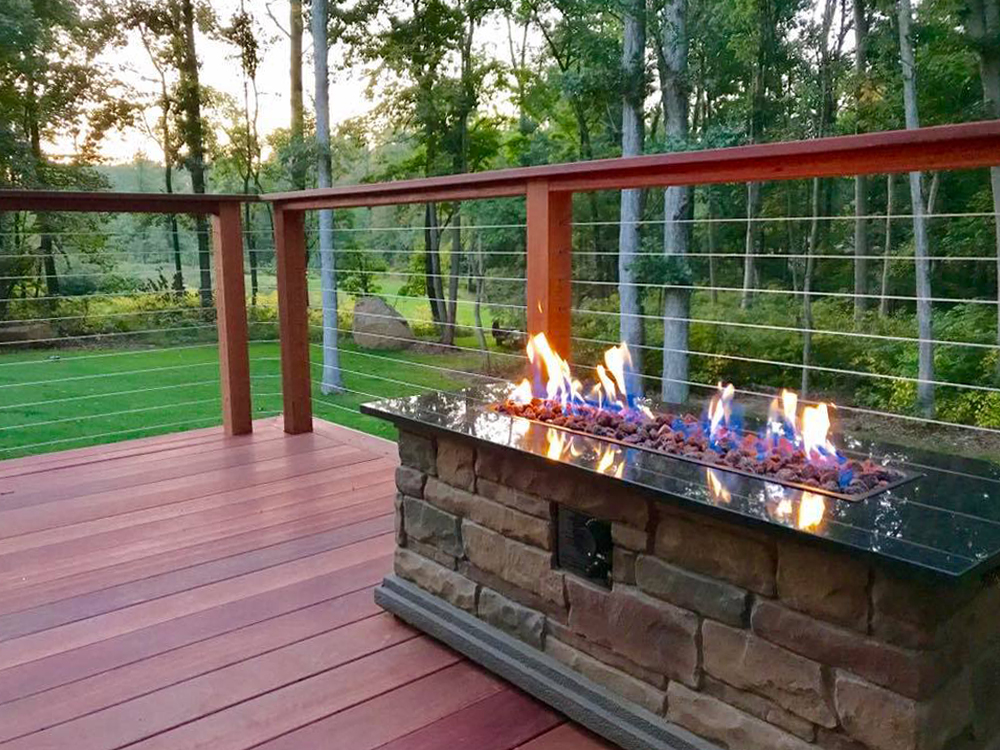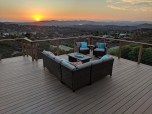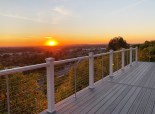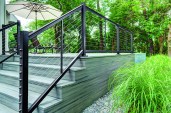There’s good news for professional deck builders who are staring down rising labor and material costs. Economic conditions point to a 4.6% increase in the number of decks that will be installed this year or roughly 158,000 more deck jobs nationwide, according to Metrostudy, an expert on residential construction data and a sister company to Professional Deck Builder.
At the same time, homeowners are investing more in outdoor spaces than ever before with 85% of those renovating opting for a major remodel or a complete overhaul, according to the 2017 U.S. Houzz Landscape Trends Study.
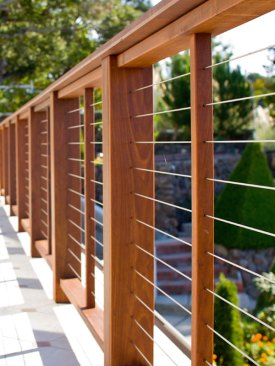
Giving homeowners the ideal outdoor space increasingly means providing railings that will not impair the views from the deck or the interior living spaces. That’s why many professional deck builders often use cable rail infill rather than traditional wood infill. Manufacturers say the slender stainless steel cables offer a durable, low maintenance alternative to glass or wood while providing the panoramic views customers demand.
Many homeowners find the look of cable infill particularly attractive combined with wood frames. But with prices as much as $30 per linear foot, cable costs can quickly add up. Those costs may scare customers away or eat into margins — unless deck builders know how to contain them. One of the best ways to do that is using double corner posts to allow for longer cable runs, fewer cable assemblies and less hardware overall.
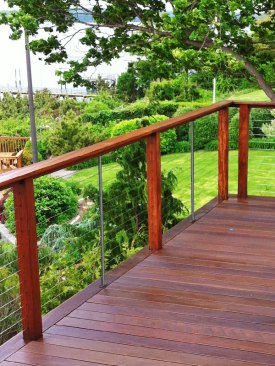
How much can this method actually save?
Consider a square residential deck with a perimeter of 60 feet, wood railing on all 4 sides and 10 cables. With single corner posts, the cables would run just 15 feet before terminating at each corner. At that length, the cables would cost about $27 per linear foot of railing.
But add double corner posts to allow the cable to run continuously through some of the corners without terminating and things start to change dramatically. In this example, the cables could run continuously along two sides, 30 feet, and a 30-foot run of cable drops in price to just about $17 per linear foot, or $10 less. With 60 total feet of railing, those savings can add up quickly especially since it also means fewer assemblies and fittings and less time to install.
Like single corner posts, double corner posts should be a minimum of 4×4-inch and remember that softer woods such as cedar may require 6×6-inch posts, especially with 42-inch high railings. All posts should be properly bolted to the deck surface or the joists, and frames must include a strong, rigid top rail that is securely fastened to all posts. And remember, straight runs of cable (no bends or dips) should not exceed 70 feet and runs with bends (two corner bends at most) should not exceed 40 feet.
For more on how to properly install cable rail infill go to http://www.feenyinc.com.
